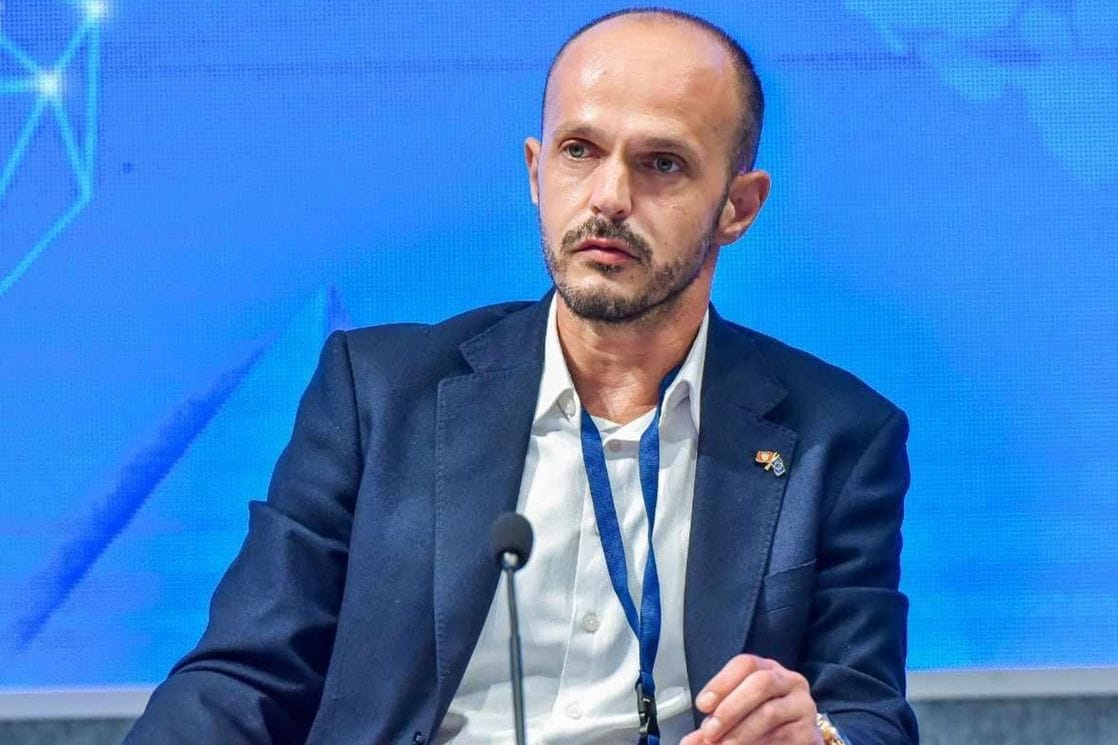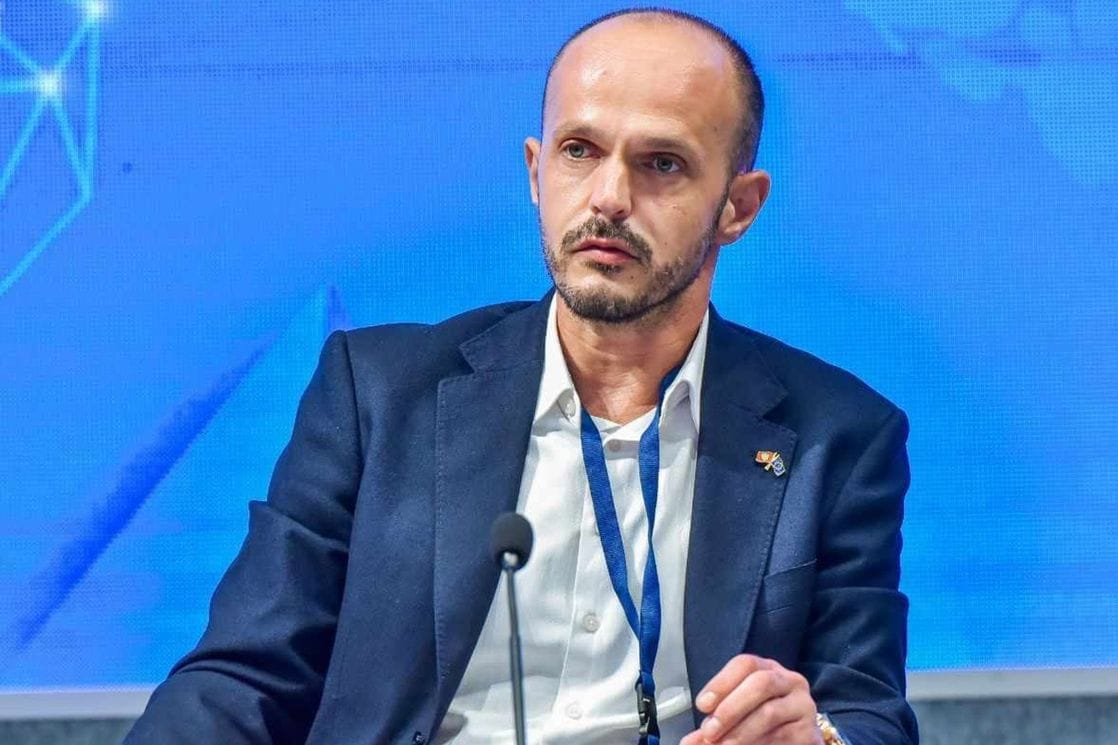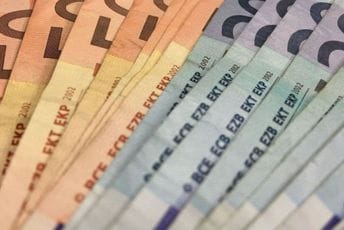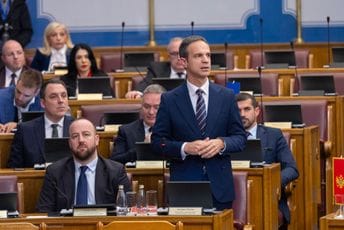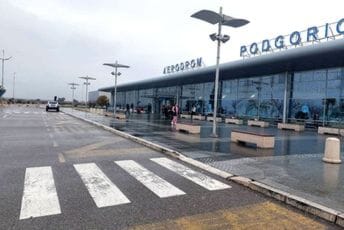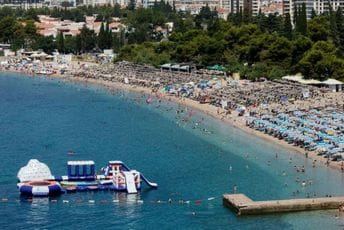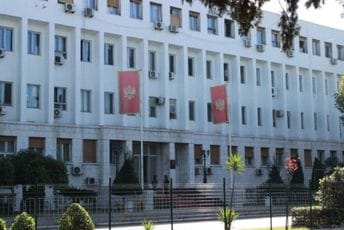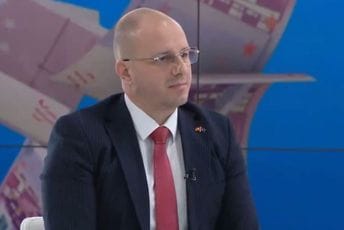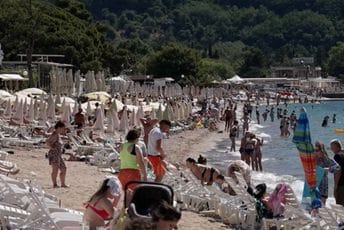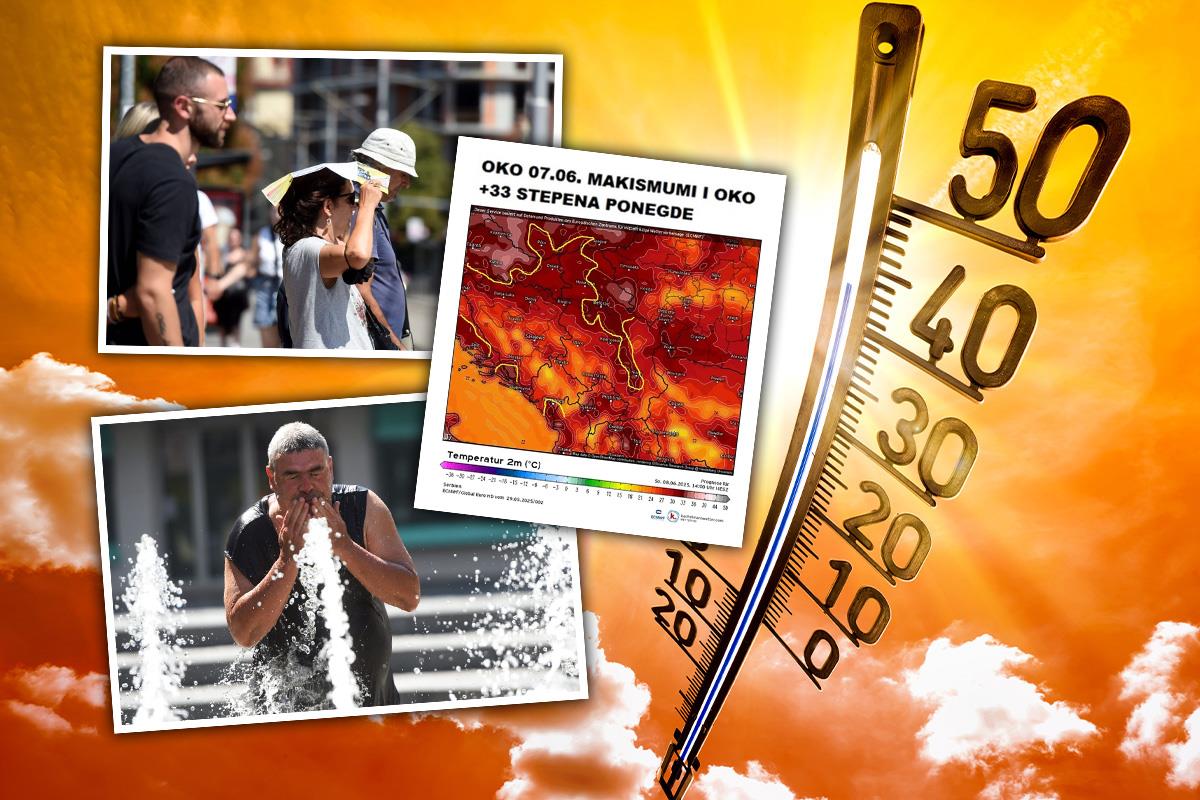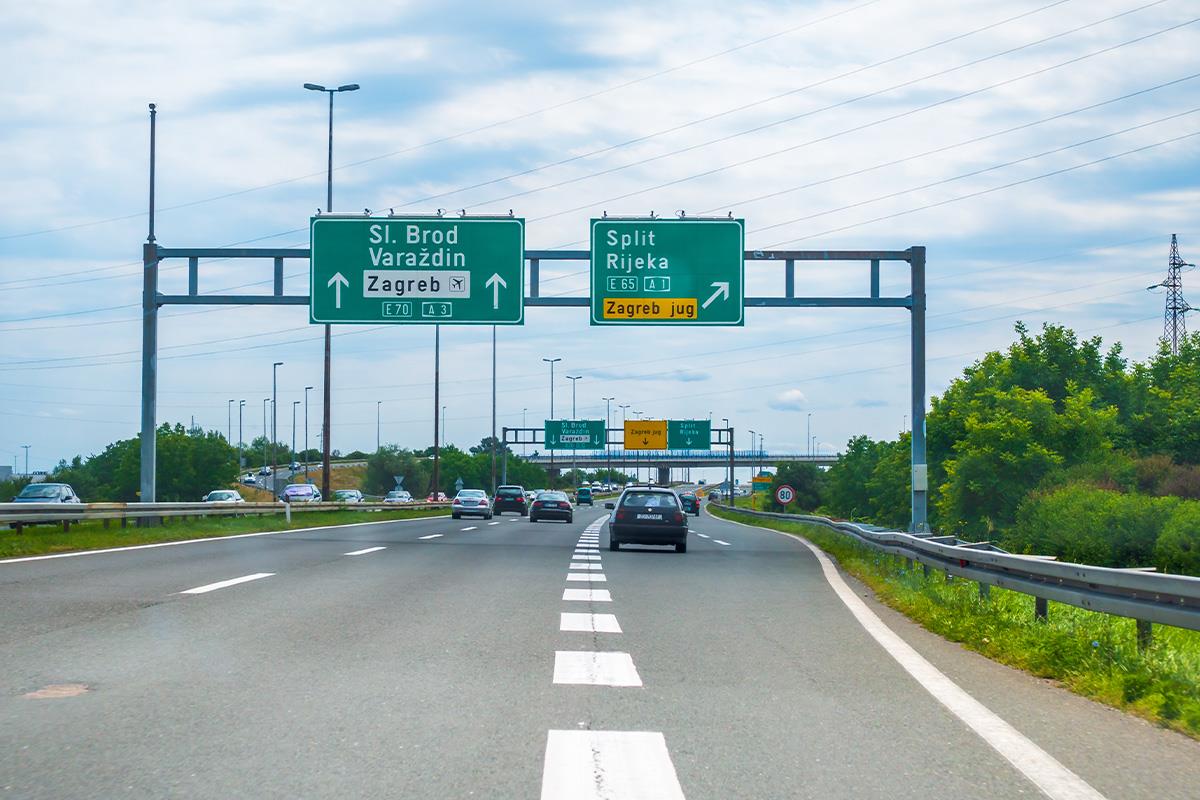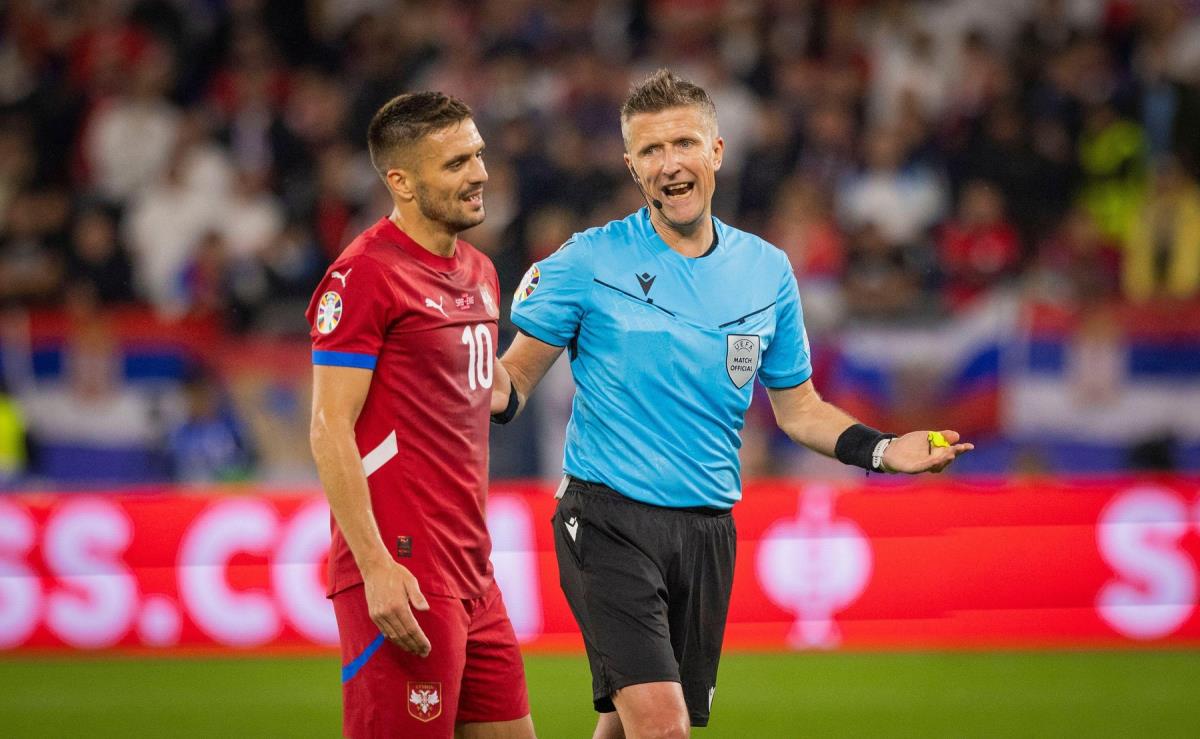Montenegro Trapped in Import Dependency: Why Half of Investments Go to Real Estate While the Real Economy Sinks?
Montenegro is caught in a serious economic trap, and data from Monstat along with analysis by economic expert Mirza Mulešković shed light on an alarming situation. For every euro Montenegro earns from exports, it spends nearly seven euros on importing goods! Yes, you read that right – seven euros of imports for every euro of exports. How did it come to this, and what lies ahead?
Imports are choking us, exports are sinking
According to Monstat data, in the first five months of this year, the trade turnover reached a staggering 1.9 billion euros, which is 4% higher than the same period last year. But exports were only 300 million euros, while imports soared to 1.6 billion euros – six times higher than exports! The import coverage by exports dropped to just 14.2%, a clear sign the situation is worsening.
To make matters worse, the negative trade balance is expected to increase further by the end of the year, as electricity exports will decline due to the overhaul of the thermal power plant. So not only does import dominate, but export opportunities are fading.
Investments in real estate instead of the real economy
Mulešković warns that over 50% of investments are directed into the real estate sector, while only 12.8% go into the real economy. This is a recipe for disaster! Instead of investing in production and creating new jobs, money piles up in real estate, which does not bring long-term development or reduce import dependency.
Why is this a problem?
Montenegro produces almost nothing. This means everything citizens and the economy consume must be imported. Increased consumption without domestic production leads to even higher imports and a growing trade deficit. It’s like pouring water into a bottomless bucket – money goes out, but the economy doesn’t grow.
Who are our main trade partners?
The largest share of exports goes to Serbia, Switzerland, and Bosnia and Herzegovina, while imports mainly come from Serbia, China, and Germany. The biggest export item is electricity, while imports are dominated by transport equipment, especially cars.
What’s left for us?
Mulešković clearly states that without economic diversification, strengthening the real sector, and creating new jobs, Montenegro cannot fix this situation. Investments must be directed into production, not real estate. Without this, import dependency will only grow, and the economic future will look darker.
Conclusion: Future or downfall?
Montenegro stands at a crossroads. Will it continue to spend more than it earns and invest in real estate that creates no value, or will it turn to the real economy and production? The answer to this question will decide the fate of the entire country.
If you have your own take or think this is exaggerated, drop a comment below – let’s see who’s the optimist and who sees dark clouds on the horizon!







